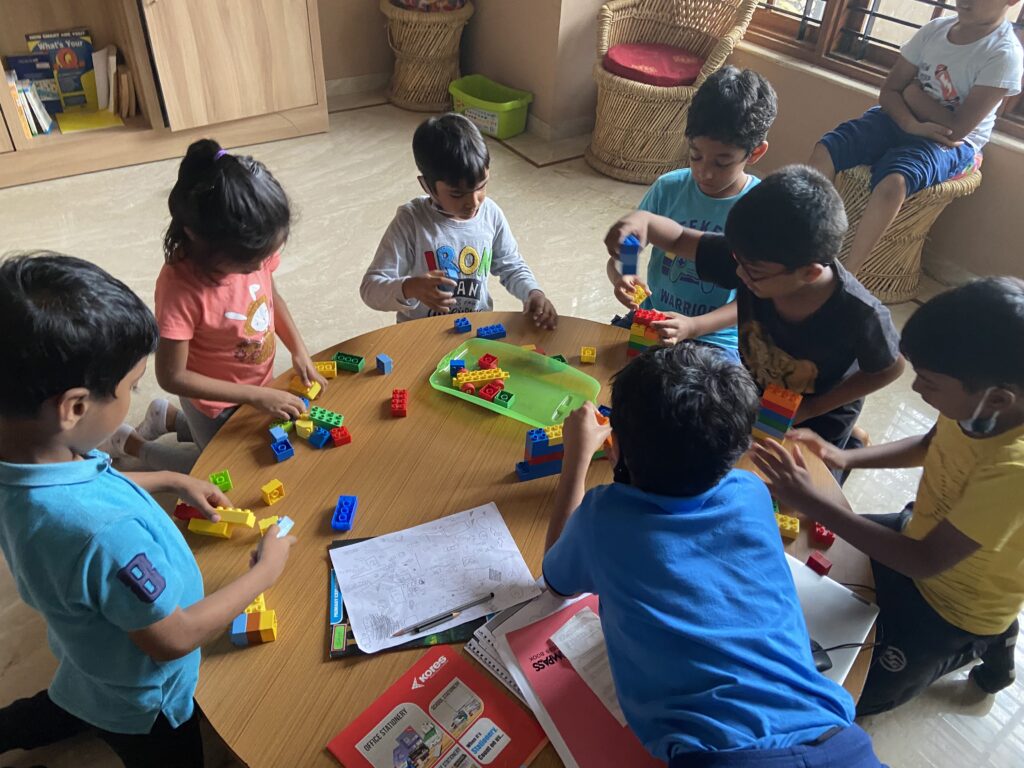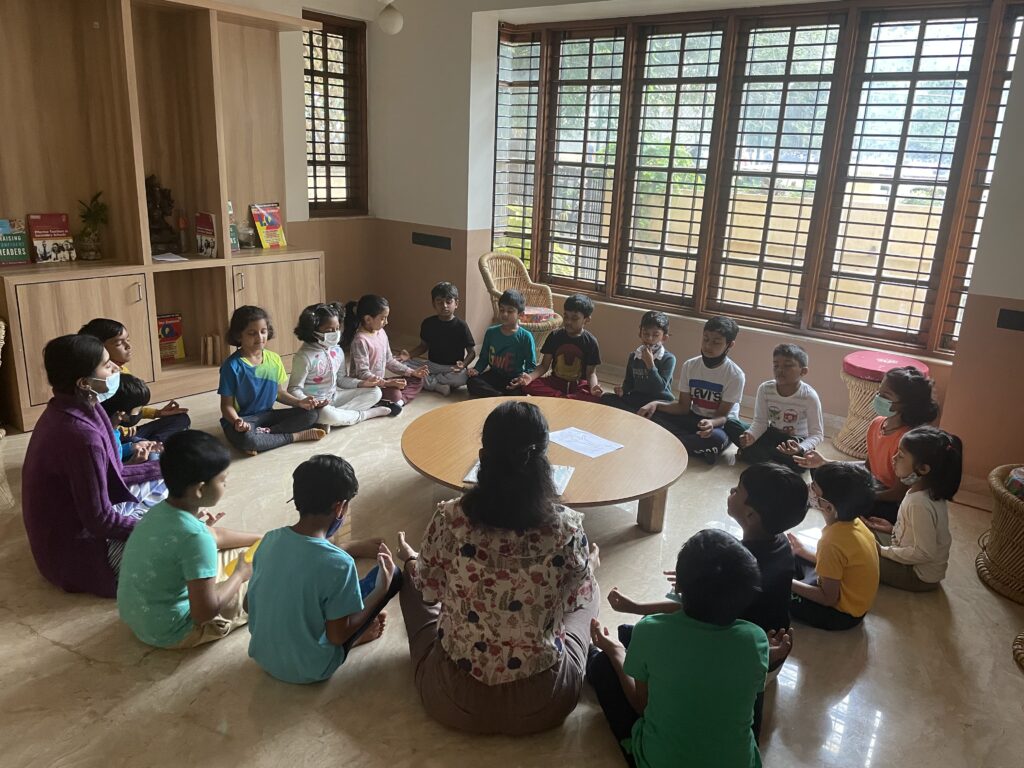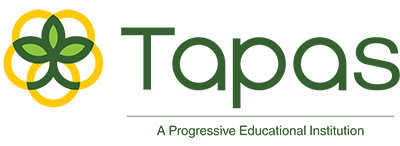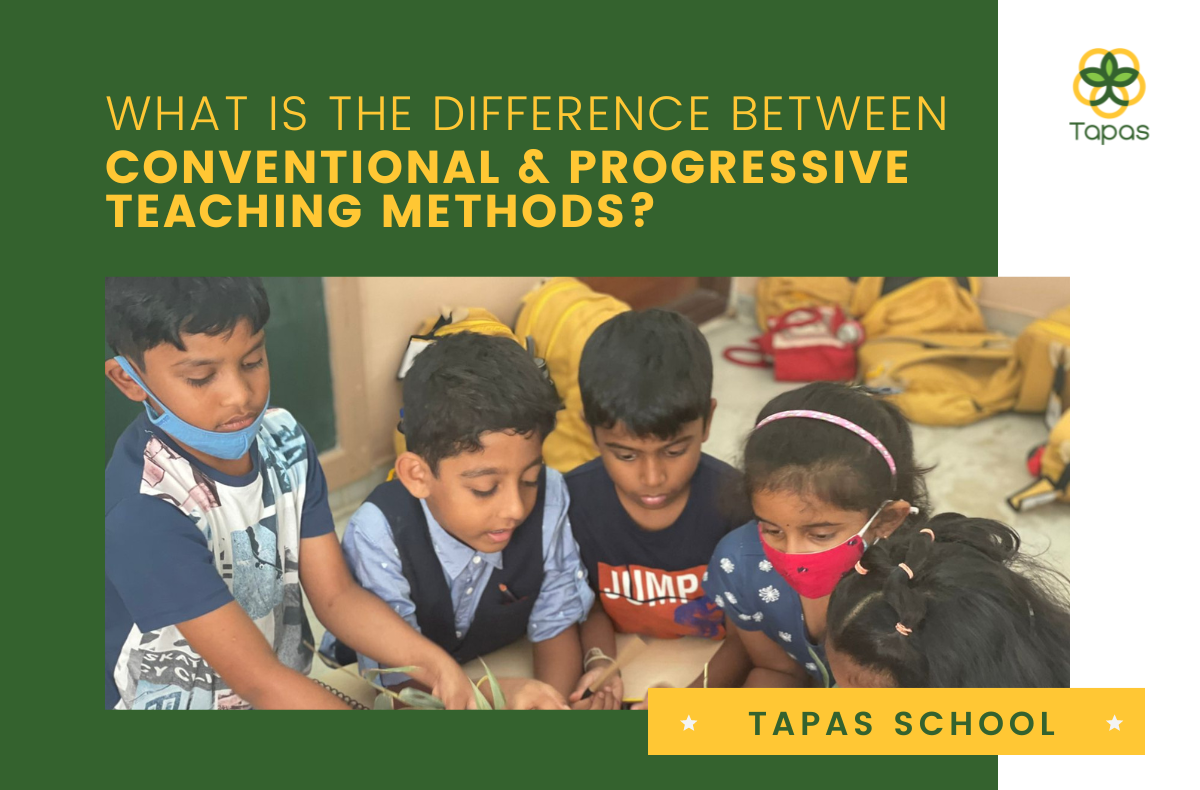The traditional method of teaching is made up of two solids: Chalk and Talk. Centered around a teacher.
So, there is a classroom full of children and one teacher who is the central figure and the only one who provides information. While every school’s primary function and priority is to provide education to the children as well as get optimal results, it all starts going in different directions when how to implement the teaching methods is down for discussion.
In a traditional classroom, discipline is taught separately, for example, wherein in a progressive setup, it is integrated through the learning processes and becomes a part of life as a whole. Basically, it all comes down to how the curriculum is being taught. Students in a traditional school are expected to process the information as soon as the teacher has taught the children. In a progressive school, however, there is no structured curriculum and everything is taught by experience and subtle guidance by the educators.
The main difference between the two methods is that conventional teaching has been and continues to be governed by grades, exams and homework, leaving one child happier than the other. The sense of competition amongst the children is higher than the sense of achievement. Whereas in the PBL (Project Based Learning) system, every child learns through collaborative inclusion, experiences and play. The difference here lies in student learning and where it is centered. Traditional schools focus on the teachers and subjects taught while progressive school focuses on the student.
Child centric teaching

 Conventionally, teachers hold the authority in teaching various subjects and are considered to be the source of all information. To set a particular academic standard, teachers have to gauge whether the students have learned the subject at hand, and whether are they ready to pass exams. For this reason, oftentimes teachers take a rigid approach and directness. It all boils down to rote learning, pass or fail. On the other hand, in a progressive school, the teachers are facilitators instead of figures of authority. They help the child learn and think, whether it is in the confines of a classroom or outside. Knowledge comes from everywhere and the teachers do not claim to be the experts as they gently nudge the child in the correct direction of his/her choice. Therein, the child can use any number of sources and resources to find and process information. These can be inclusive of their personal interests, peer interactions, sense of adventure, play and experiences.
Conventionally, teachers hold the authority in teaching various subjects and are considered to be the source of all information. To set a particular academic standard, teachers have to gauge whether the students have learned the subject at hand, and whether are they ready to pass exams. For this reason, oftentimes teachers take a rigid approach and directness. It all boils down to rote learning, pass or fail. On the other hand, in a progressive school, the teachers are facilitators instead of figures of authority. They help the child learn and think, whether it is in the confines of a classroom or outside. Knowledge comes from everywhere and the teachers do not claim to be the experts as they gently nudge the child in the correct direction of his/her choice. Therein, the child can use any number of sources and resources to find and process information. These can be inclusive of their personal interests, peer interactions, sense of adventure, play and experiences.
Progressive educational institution
The conventional methods of teaching have long since established that learning is passive and the students aren’t active participants in the process of learning. Information is disseminated through the information that a teacher provides and the understanding of a particular subject that a child perceives is subjected to grades without so much as a second thought as to why the child did not understand or process the information correctly.
A progressive school, on the other hand, has experiential learning methods devoid of homework, grading systems, rote learning and exams. Since progressive learning itself uses two different approaches, they tend to follow less structure and more experience and experimentation systems to ensure that the child has the look and feel of it all. This keeps evolving with each subject distinctly. Discipline is integrated into the teaching and the students learn to connect the dots.
Differentiated learning strategies
 Traditional or Progressive, both methods have their pros and cons. How amazing would it be if a parent got the best of both worlds? This is where Tapas education, a progressive learning institution in Bangalore comes in. The best practices of the conventional and project-based teaching methods are synergised and interspersed with an exclusive program that is devised for the Tapas students.
Traditional or Progressive, both methods have their pros and cons. How amazing would it be if a parent got the best of both worlds? This is where Tapas education, a progressive learning institution in Bangalore comes in. The best practices of the conventional and project-based teaching methods are synergised and interspersed with an exclusive program that is devised for the Tapas students.
The curriculum follows a set of routines, structures and standards but also, but each child is nurtured by the educator with guidance and personalised attention. Students are taught critical thinking, decision-making skills and knowledge application besides test-taking skills and study habits.
Conclusion
When literacy, humanities, numeracy and life skills can be integrated into one wholesome curriculum, why keep the boundaries? When the children can make connections between all the subjects with an inherent discipline, why subject them to rote learning? These are imperative questions to ask oneself as a parent.
https://tapaseducation.com/ has created an alliance between the conventional and progressive methods, that prepares each individual student to be successful, remaining grateful and kind in all areas of their lives. This kind of nurturing environment exemplifies the wisdom and merit that all parents strive for their children to have.

